Here's what would, and wouldn't, happen during a government shutdown

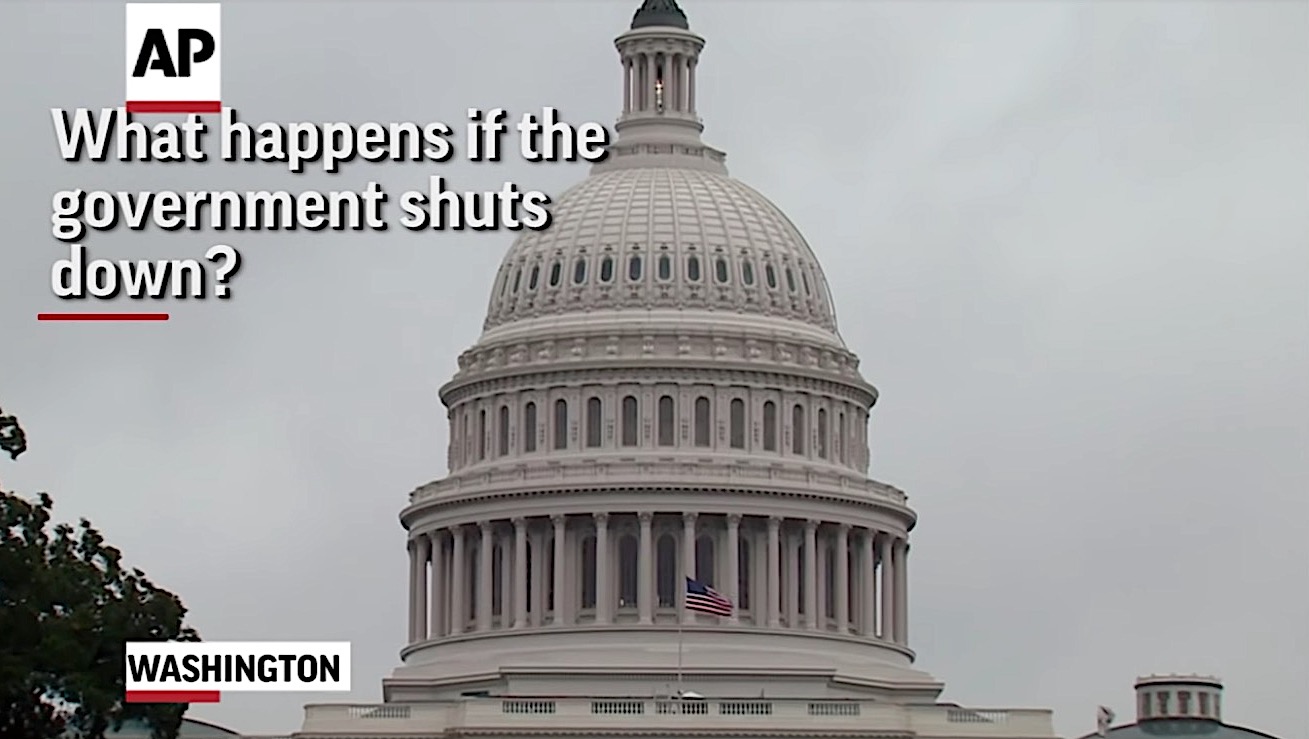
If Congress doesn't pass a spending bill by midnight Friday, the federal government will start shutting down Saturday, with most of the impact starting Monday. About 850,000 federal workers would be sent home without pay, or furloughed, though employees deemed "essential" would stay on the job without pay (in the last shutdown, Congress paid all federal employees retroactively). A shutdown wouldn't be pretty, especially if it lasted for more than a few days, and it would cost the government in ways big and small.

Things that wouldn't change: The U.S. Postal Service would deliver mail as normal, Social Security and Medicare would be unaffected, veterans would still get health care, and air traffic controllers, Forest Service firefighters, and FDA food safety inspectors would stay on the job. And "it's a stretch, at best, to think the military would bear the brunt of a partial government shutdown," as President Trump and other Republican leaders have argued, The Associated Press says. "All military members would be required to report for work as usual. Paychecks would be delayed only if the shutdown lasted beyond Feb. 1." The White House also wants to keep national parks and memorials open.
But the 850,000 employees not working will stall activities at most federal agencies, and that will cause some havoc. Most intelligence analysts would be furloughed, AP says, and 61 percent of the Centers for Disease Control and Prevention would be sent home during a bad flu season. The IRS would likely furlough thousands of employees as it tries to implement the new GOP tax law, and biomedical and public health research at the National Institutes of Health would grind to a halt, adversely affecting some projects. "Day 1, the world doesn't fall apart," J. David Cox, national president of the American Federation of Government Employees, tells AP. But "things start to crumble" over time.
The Week
Escape your echo chamber. Get the facts behind the news, plus analysis from multiple perspectives.

Sign up for The Week's Free Newsletters
From our morning news briefing to a weekly Good News Newsletter, get the best of The Week delivered directly to your inbox.
From our morning news briefing to a weekly Good News Newsletter, get the best of The Week delivered directly to your inbox.
A free daily email with the biggest news stories of the day – and the best features from TheWeek.com
Peter has worked as a news and culture writer and editor at The Week since the site's launch in 2008. He covers politics, world affairs, religion and cultural currents. His journalism career began as a copy editor at a financial newswire and has included editorial positions at The New York Times Magazine, Facts on File, and Oregon State University.
-
 The 8 best drama movies of 2025
The 8 best drama movies of 2025the week recommends Nuclear war, dictatorship and the summer of 2020 highlight the most important and memorable films of 2025
-
 Why, really, is Trump going after Venezuela?
Why, really, is Trump going after Venezuela?Talking Points It might be oil, rare minerals or Putin
-
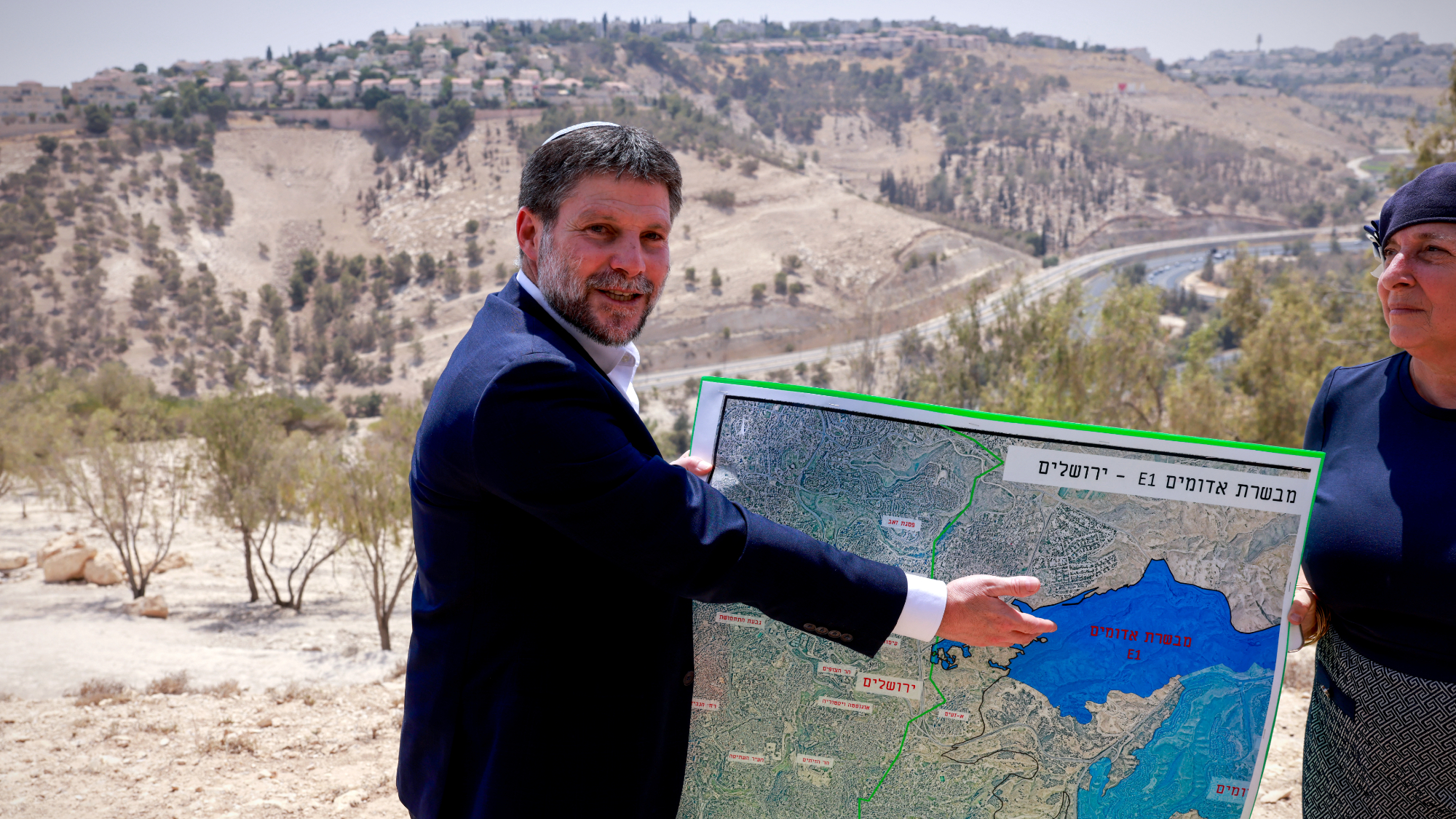 Israel approves new West Bank settlements
Israel approves new West Bank settlementsSpeed Read The ‘Israeli onslaught has all but vanquished a free Palestinian existence in the West Bank’
-
 CBS pulls ‘60 Minutes’ report on Trump deportees
CBS pulls ‘60 Minutes’ report on Trump deporteesSpeed Read An investigation into the deportations of Venezuelan migrants to El Salvador’s notorious prison was scrapped
-
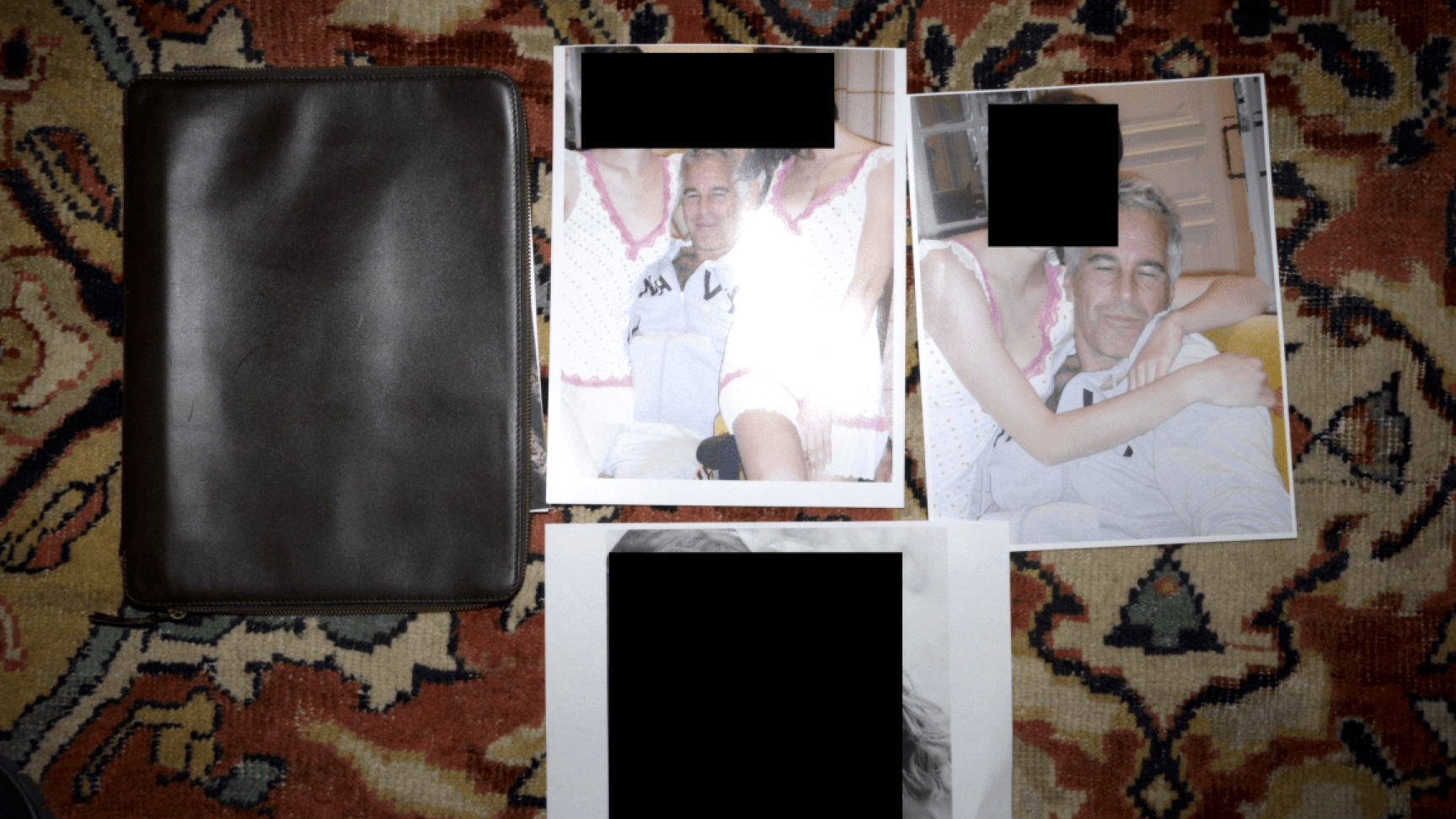 Trump administration posts sliver of Epstein files
Trump administration posts sliver of Epstein filesSpeed Read Many of the Justice Department documents were heavily redacted, though new photos of both Donald Trump and Bill Clinton emerged
-
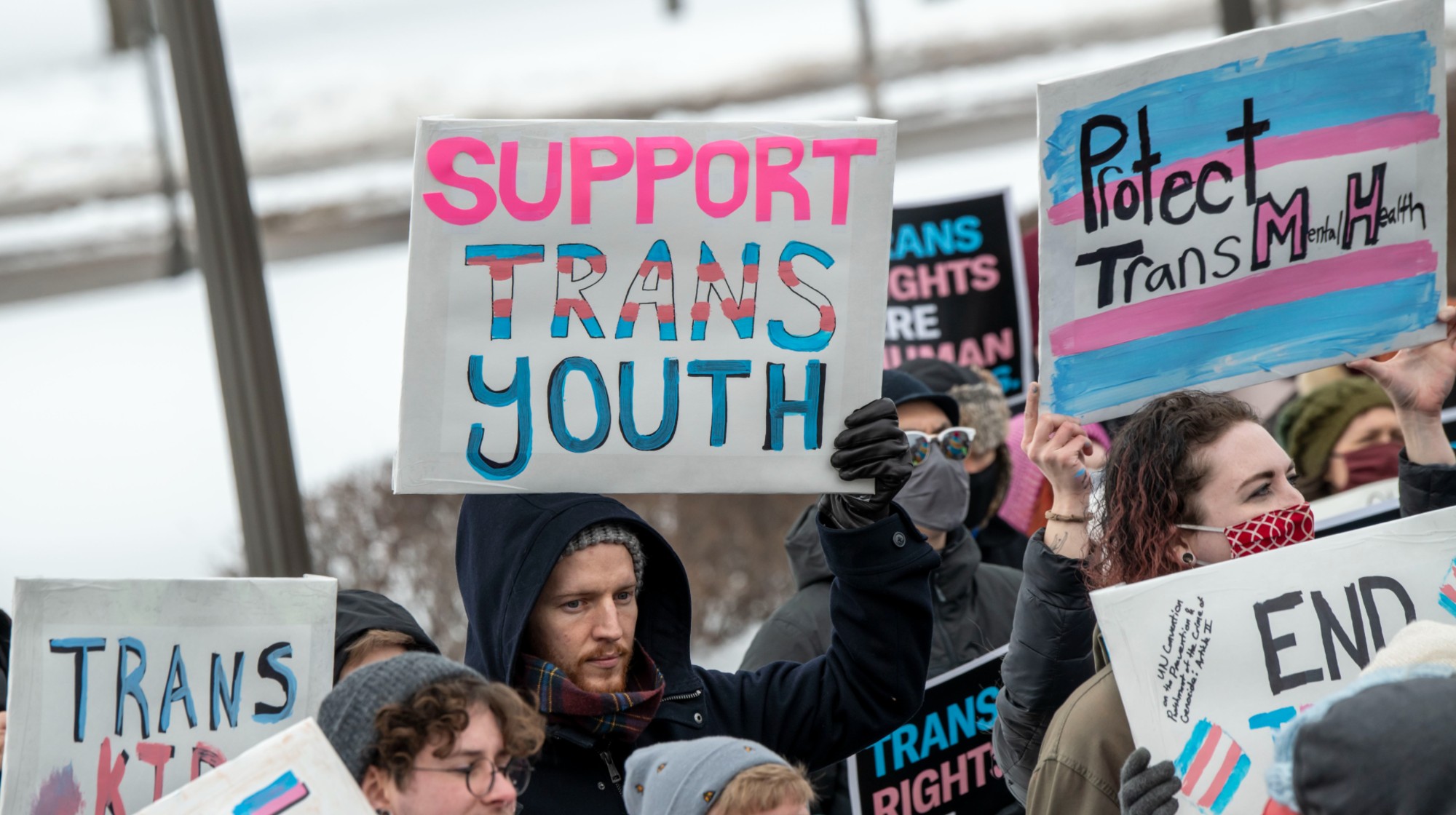 Trump HHS moves to end care for trans youth
Trump HHS moves to end care for trans youthSpeed Read The administration is making sweeping proposals that would eliminate gender-affirming care for Americans under age 18
-
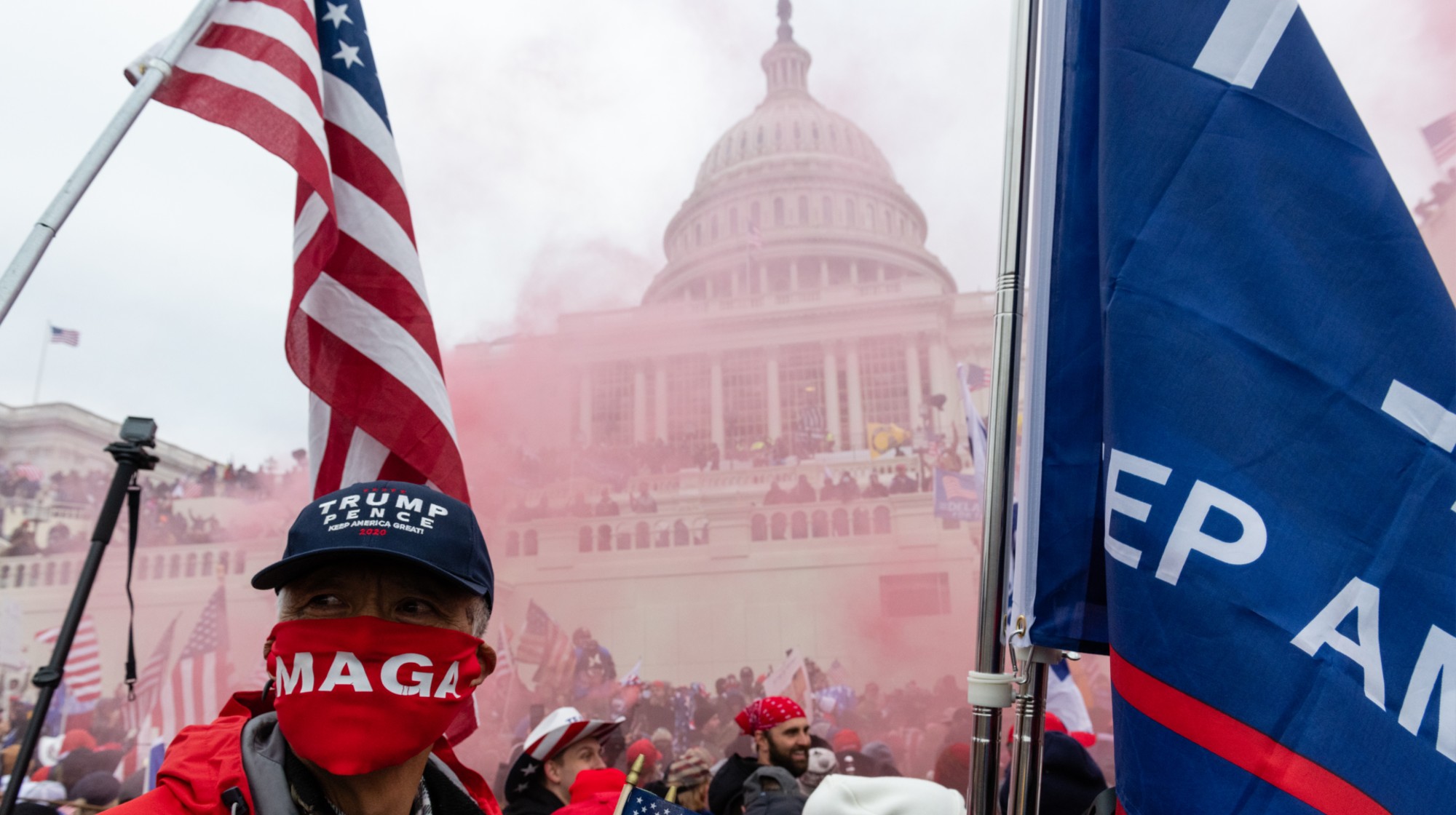 Jack Smith tells House of ‘proof’ of Trump’s crimes
Jack Smith tells House of ‘proof’ of Trump’s crimesSpeed Read President Donald Trump ‘engaged in a criminal scheme to overturn the results of the 2020 presidential election,’ hoarded classified documents and ‘repeatedly tried to obstruct justice’
-
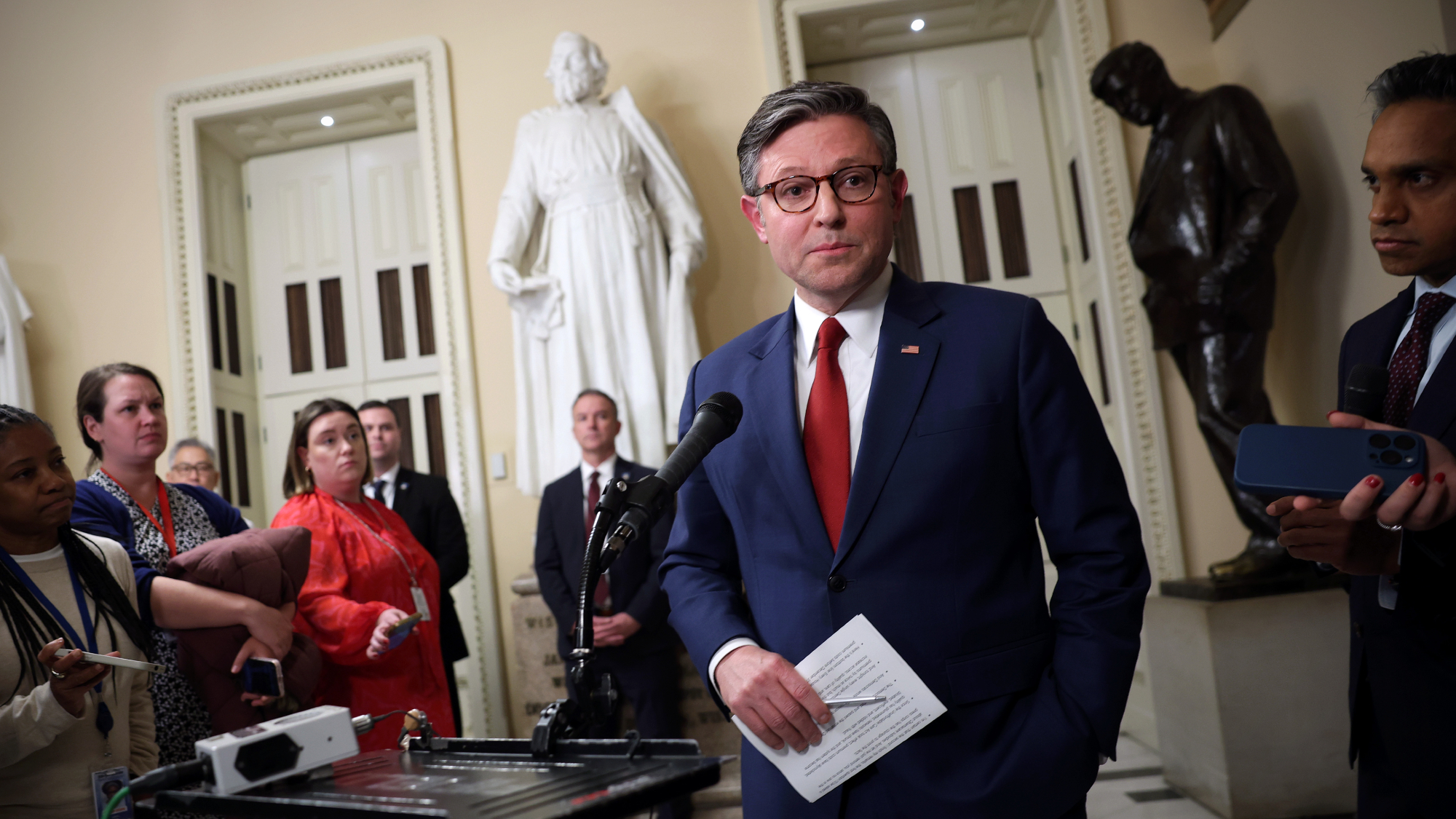 House GOP revolt forces vote on ACA subsidies
House GOP revolt forces vote on ACA subsidiesSpeed Read The new health care bill would lower some costs but not extend expiring Affordable Care Act subsidies
-
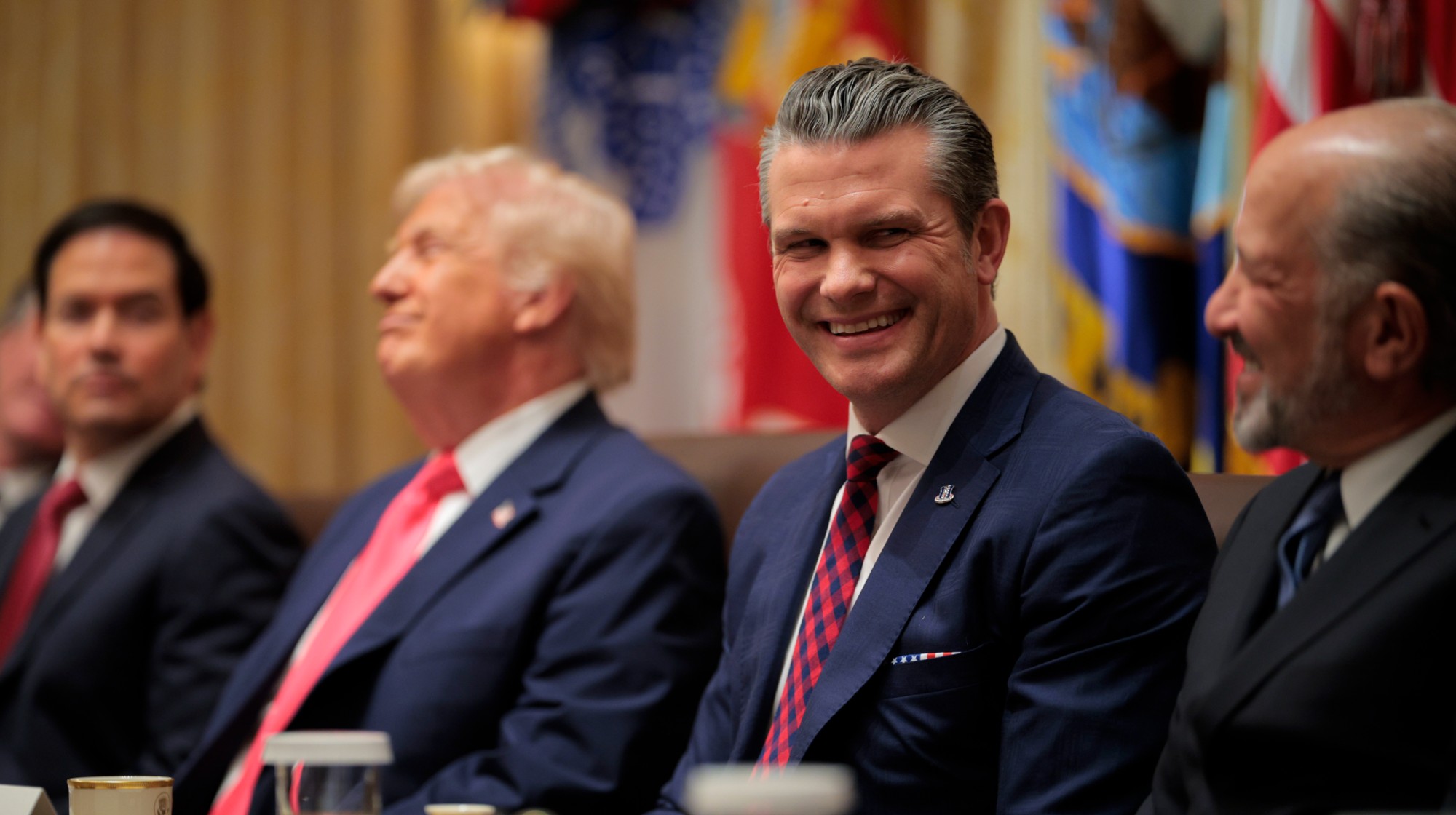 Hegseth rejects release of full boat strike footage
Hegseth rejects release of full boat strike footageSpeed Read There are calls to release video of the military killing two survivors of a Sept. 2 missile strike on an alleged drug trafficking boat
-
 Trump vows naval blockade of most Venezuelan oil
Trump vows naval blockade of most Venezuelan oilSpeed Read The announcement further escalates pressure on President Nicolás Maduro
-
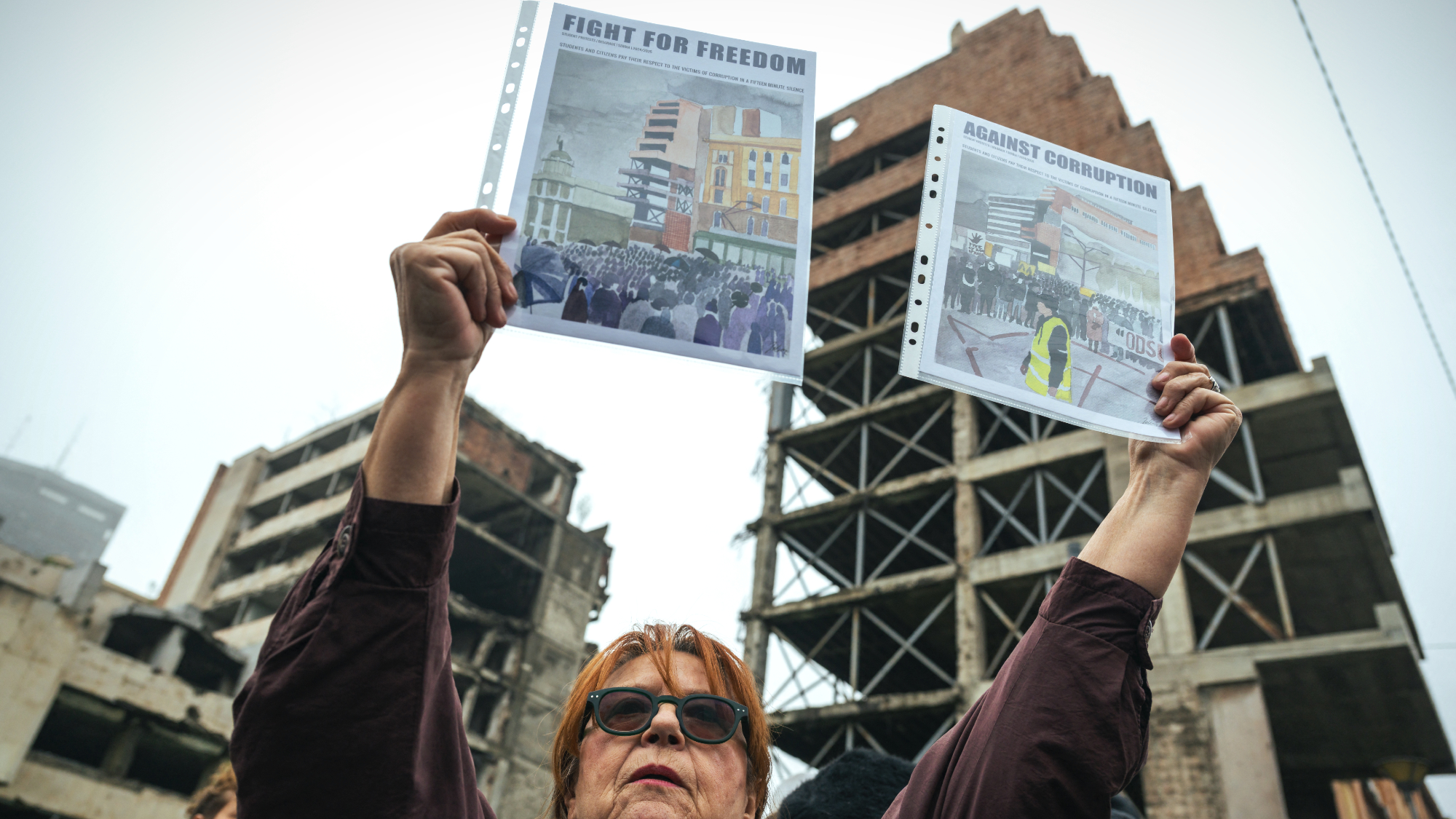 Kushner drops Trump hotel project in Serbia
Kushner drops Trump hotel project in SerbiaSpeed Read Affinity Partners pulled out of a deal to finance a Trump-branded development in Belgrade
